After the reunification of the country, the Central Highlands still bore the scars of war, and the lives of the people remained difficult. Faced with the urgent need to protect public health, in October 1975, following the directive of Prime Minister Pham Van Dong, Minister of Health Vu Van Can signed a decision to establish the Central Highlands Institute of Hygiene, Epidemiology and Malaria – the predecessor of the Central Highlands Institute of Hygiene and Epidemiology today. This event marked a significant milestone in the journey of providing healthcare to the ethnic minorities in the Central Highlands.
In its early days, the Institute had only a few staff members and lacked adequate facilities. However, with a spirit of overcoming difficulties and a will to contribute, the collective of staff and employees laid the foundation for a key preventive medicine unit in the region.
According to Vien Chinh Chien, Director of the Tay Nguyen Institute of Hygiene and Epidemiology, over half a century of development, the Institute has achieved many outstanding accomplishments. From the prevention and control of plague and cholera, diseases that once wreaked havoc in the Central Highlands, the region has now eradicated plague (since 2003) and stopped the circulation of cholera (since 1996). Infectious diseases such as dengue fever, diphtheria, and measles are effectively monitored, contained, and controlled. The Institute is also a core force in the expanded immunization program, bringing vaccines to remote areas, contributing to the eradication of polio and the elimination of neonatal tetanus.
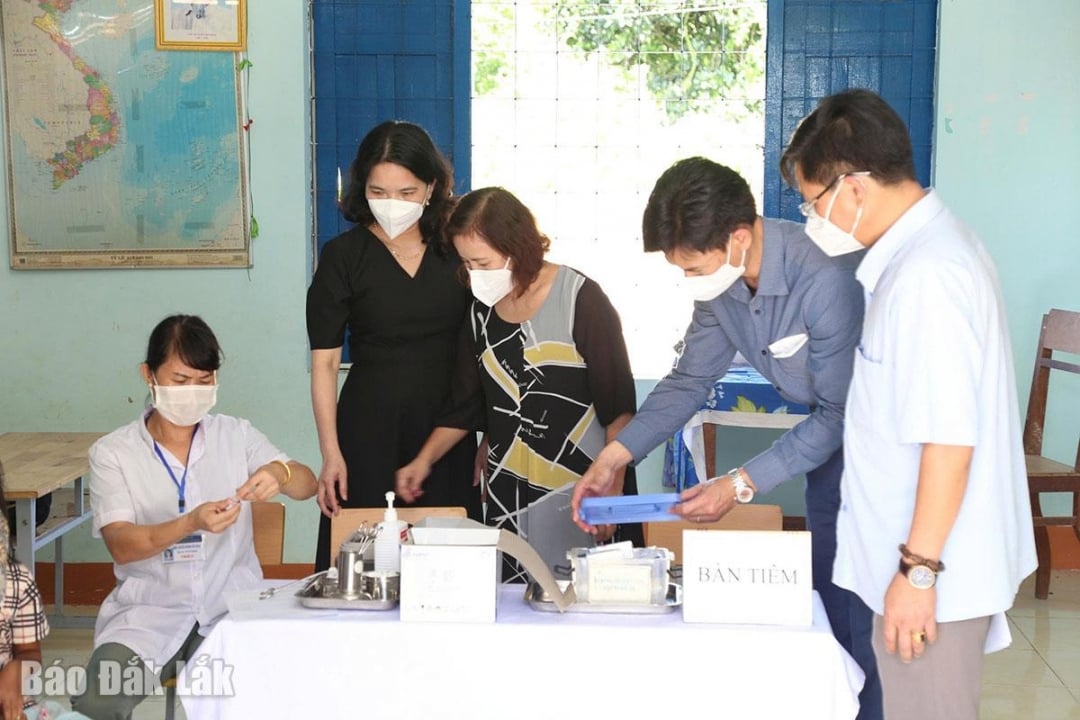 |
| The Central Highlands Institute of Hygiene and Epidemiology is supervising the measles vaccination program for children in the area. |
When the COVID-19 pandemic broke out, the Central Highlands Institute of Hygiene and Epidemiology continued to affirm its leading role. Hundreds of staff members were sent to support the Central Highlands provinces and Tay Ninh province during the most intense period of the pandemic. The Institute proactively built up its SARS-CoV-2 testing capacity; by 2022, the entire region had 17 testing laboratories with a capacity of over 50,000 samples per day, contributing to controlling the epidemic and maintaining health safety.
In the field of nutrition and public health, the Institute has helped reduce the rate of malnutrition among children under 5 years old from over 40% (in the 1990s) to approximately 18-20% currently; the rate of vitamin A intake has reached over 95%. Its models for preventing and combating malnutrition have been highly praised by UNICEF and WHO.
Environmental health monitoring is maintained regularly, analyzing over 3,000 air, soil, and water samples annually; and monitoring 1,500 samples of drinking water at centralized water supply systems. The Institute also collaborates with the education sector to monitor school health, ensuring safe learning and living conditions for students. Simultaneously, the Institute strengthens occupational health and non-communicable disease monitoring; tracking over 200 workplaces annually, and implementing a model for managing chronic diseases at the commune level, yielding practical results.
In 2008, the Institute established the Central Highlands Regional Food Safety and Testing Center, which meets ISO/IEC 17025 standards (VILAS 476), with the capacity to test more than 3,000 samples per year, contributing to food safety monitoring and investigation of the causes of food poisoning.
Throughout its development, the Institute has continuously expanded its international cooperation with WHO, the US CDC, UNICEF, JICA, and others to access new technologies, enhance staff capacity, and implement many important projects. Simultaneously, its logistical support, vaccination services, and testing activities have been strengthened, affirming its position as a leading center for preventive medicine in the Central Highlands and the entire country.
According to Deputy Minister of Health Nguyen Thi Lien Huong, in the context of the country entering a period of comprehensive reform, implementing the resolutions of the Central Committee and the Politburo on the development of science, technology, innovation, digital transformation, and people's health care, the health sector in general and the Tay Nguyen Institute of Epidemiology and Hygiene in particular are facing many new opportunities and challenges. Infectious diseases remain a potential threat, climate change and environmental pollution are becoming increasingly complex, and the demand for healthcare is growing and becoming more diverse.
"Currently, the Tay Nguyen Institute of Epidemiology and Hygiene holds a particularly important responsibility in the cause of disease prevention, protection, and healthcare for the people of the region and the entire country." Deputy Minister of Health Nguyen Thi Lien Huong |
Meanwhile, the Central Highlands is a vast region with a dispersed population and many ethnic minorities; its unique climate and ecological conditions are conducive to the spread of many infectious and parasitic diseases. As a gateway for trade with Laos and Cambodia, with a long border and international border crossings, this region always faces the potential risk of cross-border disease outbreaks. Furthermore, the process of socio-economic development and large-scale population movements presents significant challenges to disease surveillance and control.
 |
| The Central Highlands Institute of Hygiene and Epidemiology received a Commendation Flag awarded by the Ministry of Health. |
Recognizing the increasingly demanding nature of the task, the Director of the Tay Nguyen Institute of Hygiene and Epidemiology, Vien Chinh Chien, stated that in the coming time, the Institute will maintain and develop organic relationships with the system of preventive institutes nationwide and internationally, with provincial disease control centers and the grassroots health network in disease prevention and control activities…
The Institute consistently adopts and applies advanced technologies and new perspectives in building and maintaining laboratories that meet ISO 17025 and 15189 standards, improving working conditions and occupational safety; further enhancing its ability to respond to emerging infectious diseases and control endemic diseases such as dengue fever and hand, foot, and mouth disease. At the same time, the Institute is also prepared for the implementation of new activities in the prevention and control of non-communicable diseases, determined to become one of the leading units in the prevention and control of non-communicable diseases for the community.
Source: https://baodaklak.vn/xa-hoi/202510/diem-tua-vung-chac-cho-y-te-du-phong-khu-vuc-e381606/








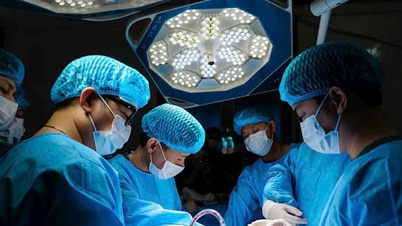



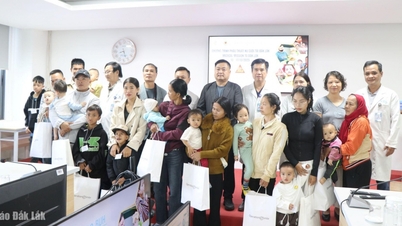
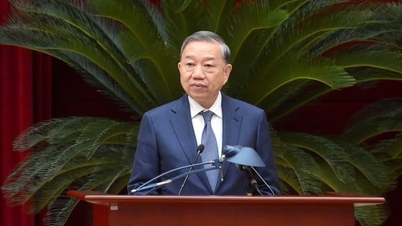

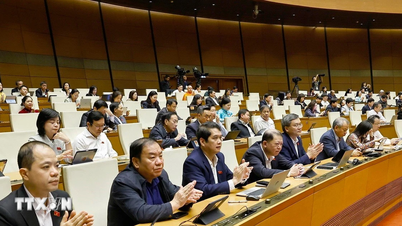

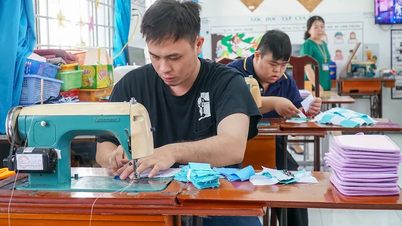

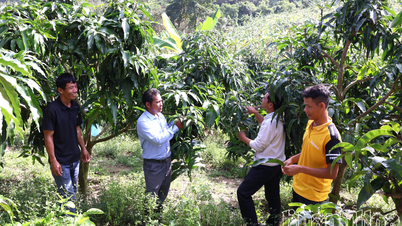

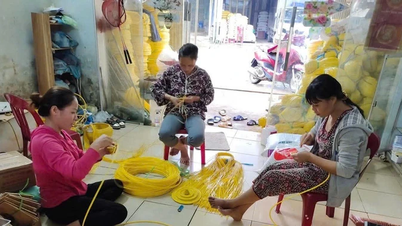

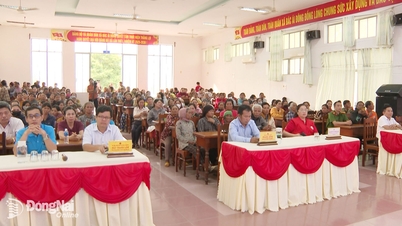

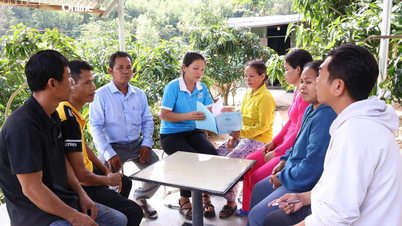






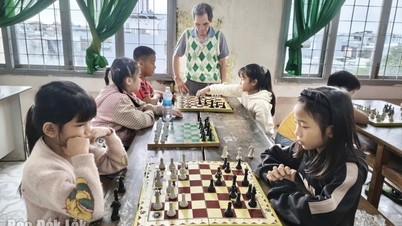
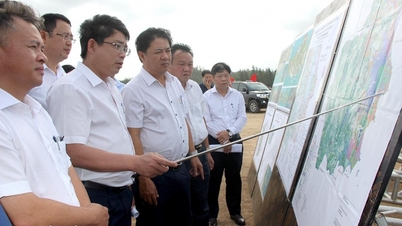
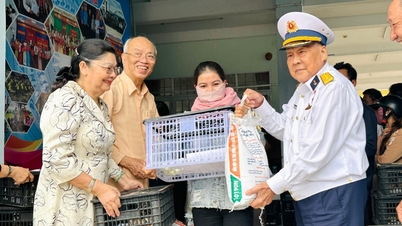
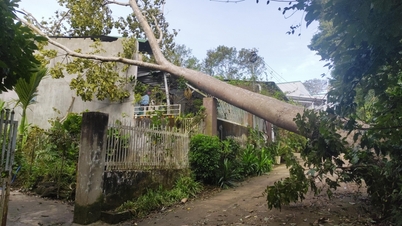
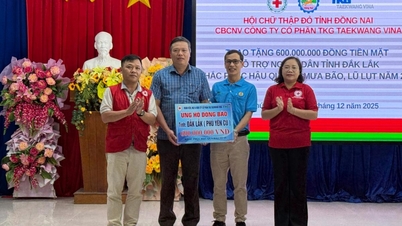
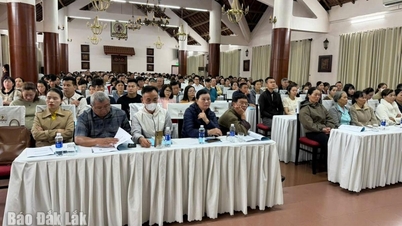

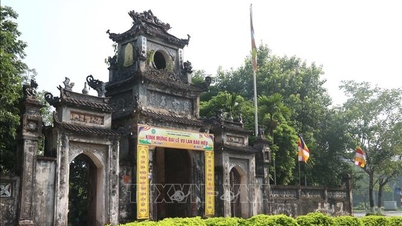

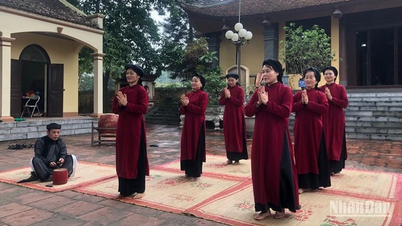

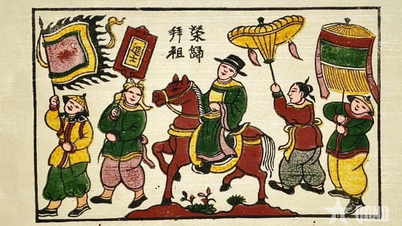

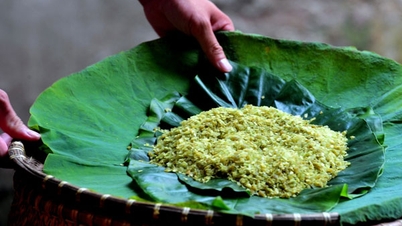




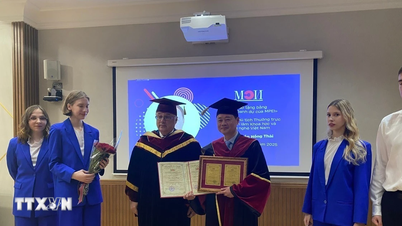




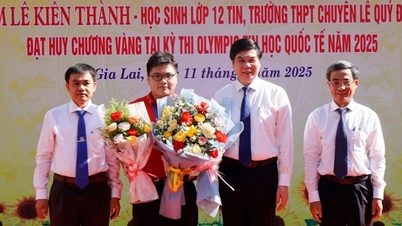







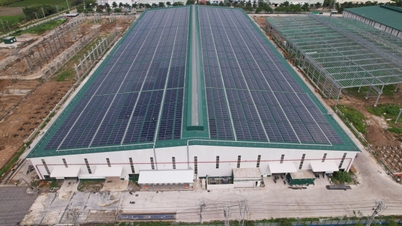






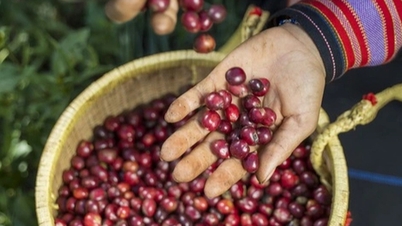
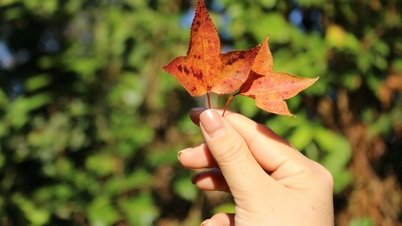










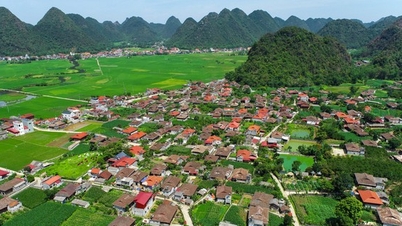






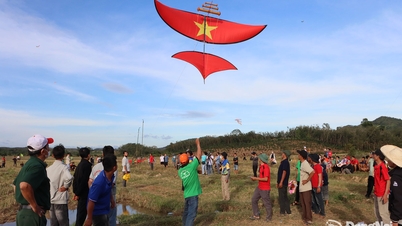
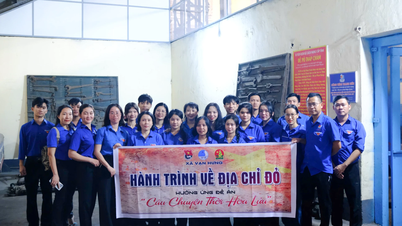


















Comment (0)